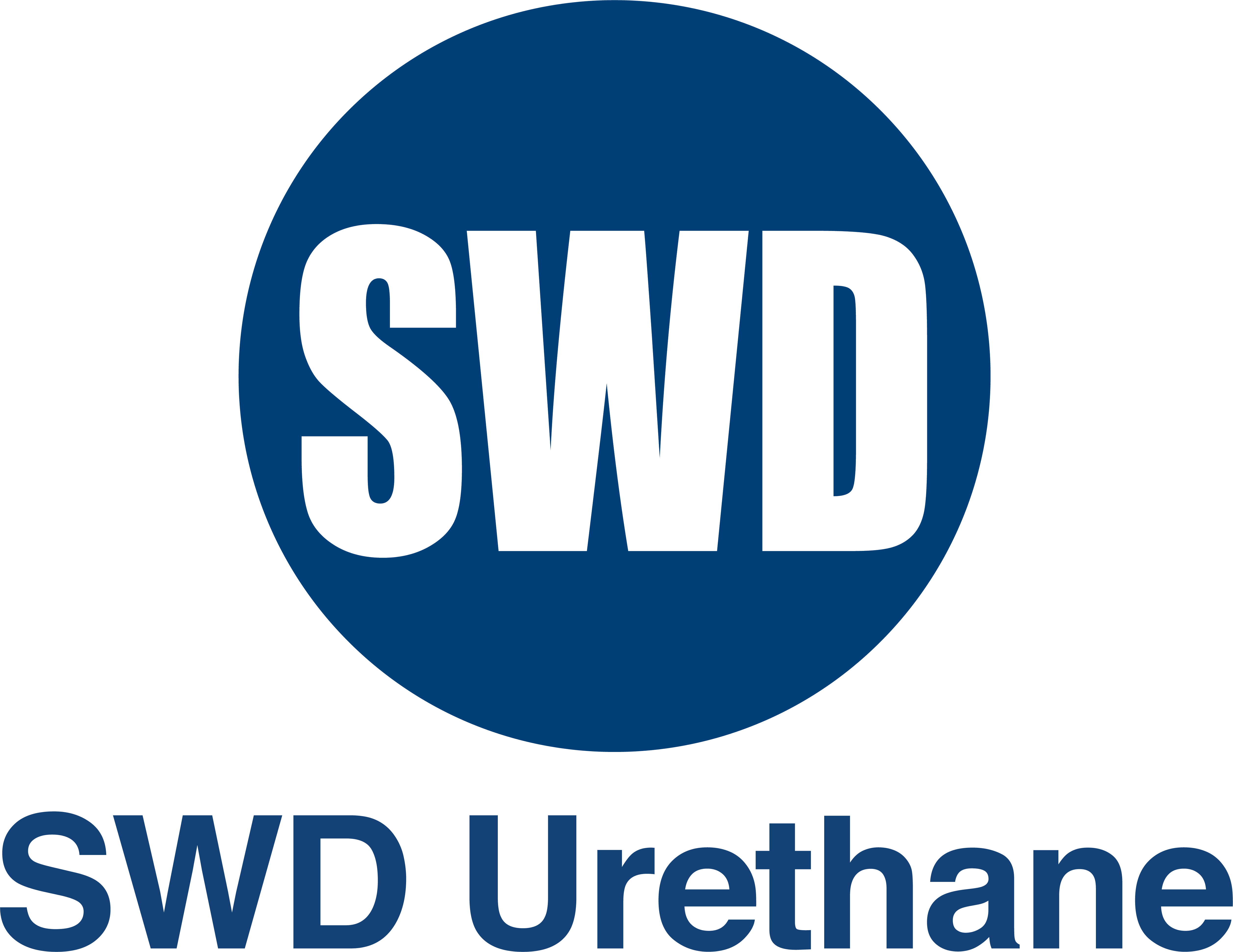If you’re preparing to renovate your home, you should give some consideration to the kind of insulation you currently have and whether you might benefit from upgrading it. Firestopping insulation is one kind of insulation that can be a good investment, especially for certain kinds of properties (primarily commercial and industrial).
Firestopping insulation in Northern California is specifically designed to prevent the spread of fires. Even in extreme heat, the material is capable of resisting that heat and will not melt. It also doesn’t produce smoke, which is extremely helpful if a fire begins. The lack of toxic smoke makes for improved fire safety.
Many commercial and industrial buildings, especially those with kitchens or manufacturing operations or other high-heat applications, use this kind of insulation as a sort of insurance policy to protect their property while also benefiting from its outstanding R-value and lowering their heating and cooling bills.
Additional major benefits of this kind of insulation include its light weight and semi-rigidity. It is made out of a stone wool, and is designed to offer benefits beyond just firestopping—it also has major acoustical benefits, reducing the amount of noise you can hear from outdoors or other rooms. It easily fits perimeter gaps between flooring, floor and ceiling concrete slabs, exterior walls and firewalls, and you’re also able to install it around duct opens or conduit pipes that run through walls and floors.
Clearing up common firestopping insulation myths
Because this kind of insulation isn’t as common as some of the types of home insulation used in residential settings in Northern California, there are understandably some prevalent misconceptions surrounding it. Let’s clear up just a few examples of some of these misconceptions that you may have heard while investigating your potential insulation options for your building:
- MYTH—Polyurethane foam will stop fires: Not all insulation materials are designed to be firestopping—the firestopping property can only be verified with testing from an independent third-party agency, so you must look for the proper certifications when purchasing your insulation. Polyurethane foam is one example of an insulation material that is absolutely not firestopping—in fact, it will perform horribly as a barrier against fire. That doesn’t mean there are no benefits to polyurethane foam—all it means is you should know it will not add any fire protection if you do decide to use it.
- MYTH—Pipe insulation firestopping properties are always the same: There are various kinds of pipe insulation materials, so you cannot expect them all to perform in exactly the same way. There are some non-combustible pipe insulation materials like mineral wool that are good for fire resistance, but other types of materials can provide little resistance to fire.
- MYTH—All caulks and sealants must be red: There is a common misconception that firestopping caulks and sealants are required to have a red color so they can be easily identified, but there are actually no code requirements that state this. You’ll find firestopping caulks and sealants in many different colors.
For more information about firestopping insulation and home insulation in Northern California, contact Ace Insulation Inc. today.


